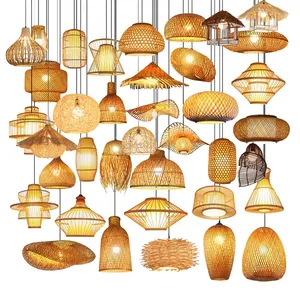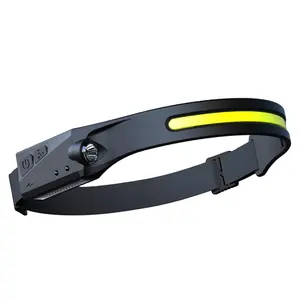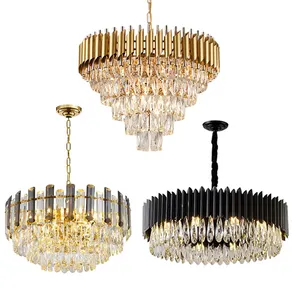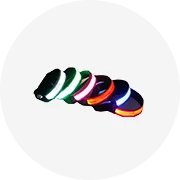Sektörünüzde popüler












































































İlgili Aramalar:






































































































































































En iyi kategoriler
220v led neon ışık hakkında
Geniş koleksiyon. Alibaba.com'daki 220v led neon ışık, tüm alan ve tesis türlerini aydınlatmak için yenilikçi bir yöntem sağlar. Bunlar. 220v led neon ışık, kuruldukları alanlara can veren ve hayat veren dikkat çekici tasarımlara sahiptir. Eşsiz fiziksel güzellik ve kusursuz verimlilik bunları yapar. 220v led neon ışık aydınlatma ve reklamcılık için önde gelen seçenek. Kullanıcılarının alternatif aydınlatma çözümlerinde karşılaşılan tüm rahatsızlıkları unutmalarına yardımcı olurlar.
Hepsi. Alibaba.com'da gösterilen 220v led neon ışık, dayanıklılığı artıran sağlam malzemelerden ve yenilikçi stillerden yapılmıştır. Bunların anlık geçiş özelliği. 220v led neon ışık açıldıktan sonra titreme olmamasını sağlayın, bu nedenle, optimum verimlilik için eşit olarak dağıtılmış anlık aydınlatma üretin. . 220v led neon ışık kurulumu ve bakımı kolaydır, bu da onları neredeyse tüm evler ve kurumlar için pratik hale getirir.
Zarif görünümleri ve rakipsiz enerji verimliliğiyle, . Sitede bulunan 220v led neon ışık bu kategoride en üst sıradadır. Küçük miktarlarda elektrik tüketirler, ancak gerekli parlaklığı koruyacak kadar parlaktırlar. Bu özellik bunları yapar. 220v led neon ışık elektrik faturalarından tasarruf etmek için en iyi alternatif. Muhteşem şekilleri ve tasarımları nedeniyle tüm kullanıcılar karşımıza çıkacaktır. 220v led neon ışık zevklerine ve ev aydınlatması ve reklamcılık tercihlerine mükemmel bir şekilde uyuyor.
Alibaba.com'a göz atarak, tüm müşteriler en çok uygun. 220v led neon ışık ihtiyaçlarına göre değişir. Performansları, kendilerine harcanan paranın en iyi değerini ve getirisini üretir. Bir iş adamı için çekici indirimler. 220v led neon ışık Toptancılar ve tedarikçiler, envanteri genişletmek ve kâr marjlarını artırmak için benzersiz bir fırsat sunar.


















